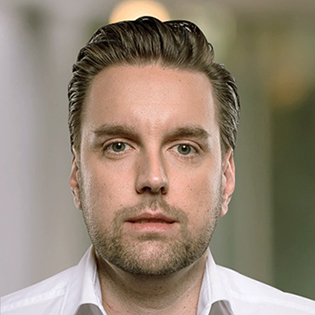Team Topologies Training
Registration is closed
Join Dynatrace for an exclusive opportunity to learn directly from Matthew Skelton author of Team Topologies.
Based on the book by Matthew Skelton and Manuel Pais, “Team Topologies: Organizing Business and Technology Teams for Fast Flow”, this live online training introduces the key ideas from Team Topologies in an accessible way.
We look at the key ideas in Team Topologies including: the 4 fundamental team types, the 3 team interaction modes, Conway’s Law, team cognitive load, software ‘fracture planes’, techniques for finding suitable stream boundaries, and basic organizational sensing.
This half-day training provides an immersive experience, with a balanced set of lectures, case studies, and online quizzes to test understanding. There is time for a facilitated group-wide Question and Answer (Q&A) at the end of the session.
Space is limited so register now!
Additional information:
Part 1: The team as the means of delivery
Learning outcomes:
- Understand that a team is not just a group of people with the same manager but a long-lived, high-performing unit with a single shared mission
- Understand why we need to move beyond “The Spotify Model” for effective organization design
- See why the Stream-aligned team is fundamental to modern software delivery with fast flow
- Recognise that it’s important to identify and work with human trust boundaries - including Dunbar’s Number - for a fast flow of change
- Realize that Conway’s Law - or “sociotechnical mirroring” - is both a hindrance and an opportunity for organizations, and see why organization design for software needs a mix of skills and viewpoints
Part 2: Organization designs that work for flow
Learning outcomes:
- Understand cognitive load as applied to software delivery and teams, especially “team cognitive load”
- Recognise some attributes of systems optimized for a fast flow of change: loose coupling, asynchronous messaging, clear boundaries, etc.
- Discover the many types of coupling present in software systems and software delivery processes and why coupling needs to be removed, not managed
- Learn about the three supporting team types: Enabling, Complicated subsystem, and Platform, and how these help to product a fast flow of change, especially when used with a “Thinnest Viable Platform”
Part 3: Evolving the organization for innovation and delivery
Learning outcomes:
- Discover ways in which the organization can “sense” its internal and external environment
- Understand how the supporting team types and the three interaction modes help organizations to sense when boundaries are misplaced or ineffective
- Recognise important “triggers” for evolution of the organization by listening to awkwardness in team interactions
Part 4: Getting Started + Q&A
Learning outcomes:
- How to get started with a Team Topologies approach
- Explore ways in which Team Topologies principles may be applied in your organization



